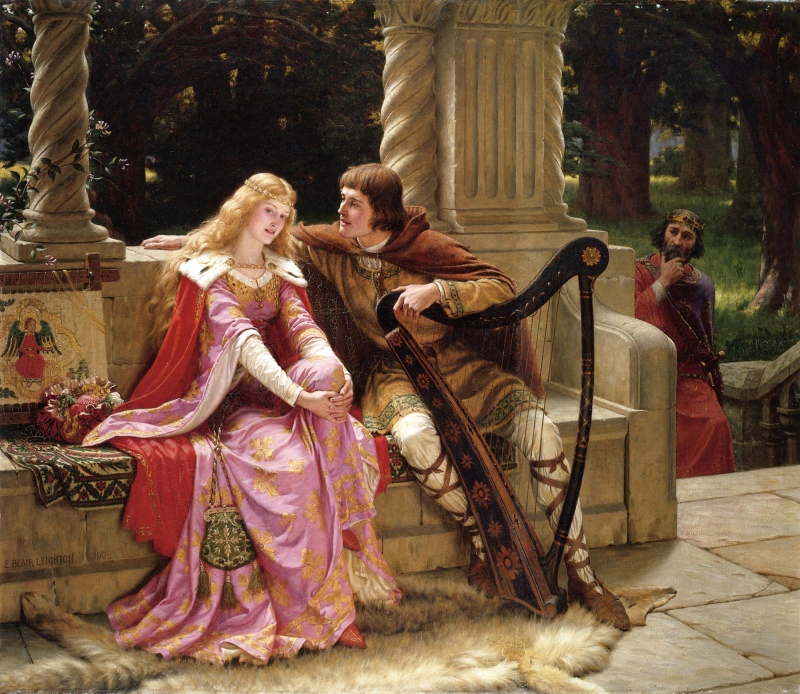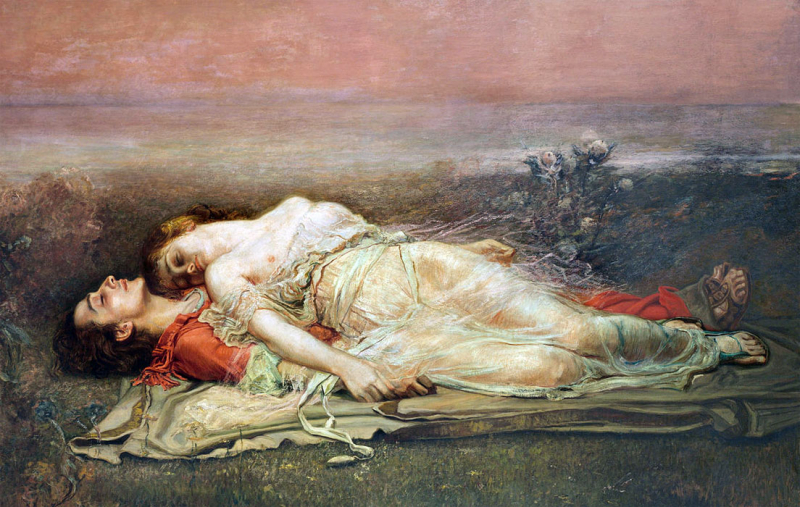Tristan and Isolde
Besides Romeo and Juliet, Tristan and Iseult is one of Western literature's classic romances. This story is told in numerous variations since the 12th century, most notably in Richard Wagner’s opera Tristan und Isolde. Until this day, Tristan and Iseult is still one of the most talked-about stories when it comes to love stories with tragic endings, which proves that this story has a lasting impact on Western culture.
Based on a Celtic legend and other sources, the tale is a tragic love story between the Cornish knight Tristan and the Irish princess Isolde. Based on the legend, King Mark of Cornwall orders the hero Tristan to go to Ireland to ask the hand of princess Isolde for him. While returning, Tristan and Isolde mistakenly drink a love potion originally prepared for King Mark and Isolde to drink. They fall deeply in love, and their love results in many troubles. However, Isolde still ends up marrying King Mark. Tristan is distraught, but still tries to make peace with it, and goes to Brittany, where he marries another noble Isolde.
Later on, Tristan is wounded by a poisoned arrow. Instead of his wife, he sends for the first Isolde. She came to him, but his jealous wife tells him that his true love has refused to come. He then dies just before she arrives, and she dies in his arms. After their death, a miracle happens: two trees grow out of their graves with their branches intertwined, showing that Tristan and Isolde can not be parted by any means.












